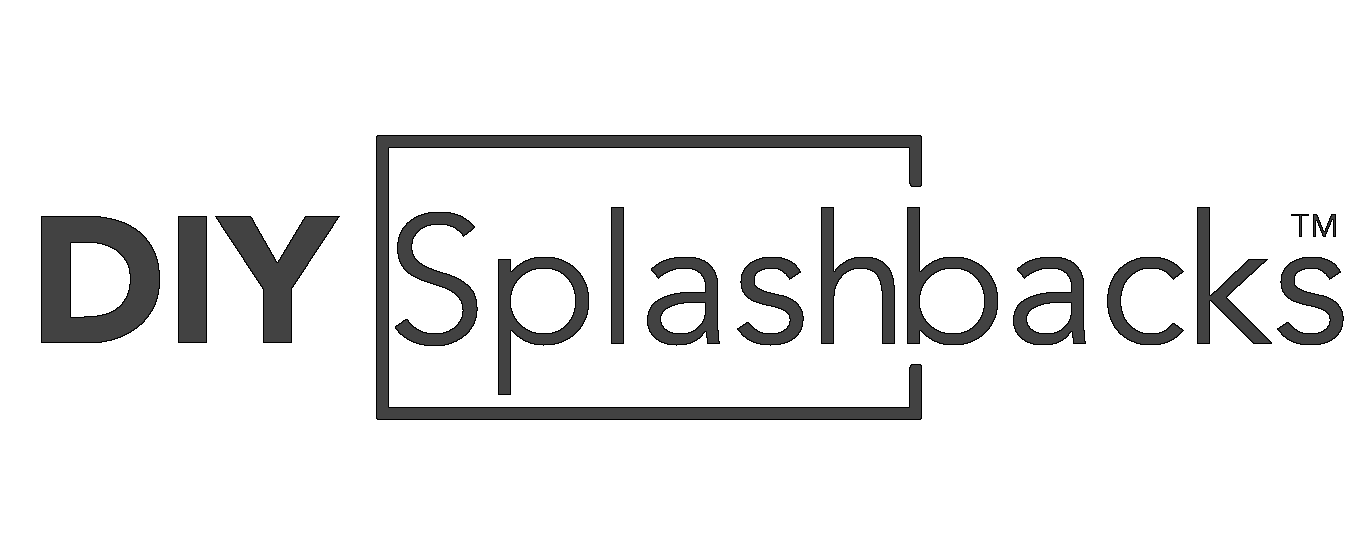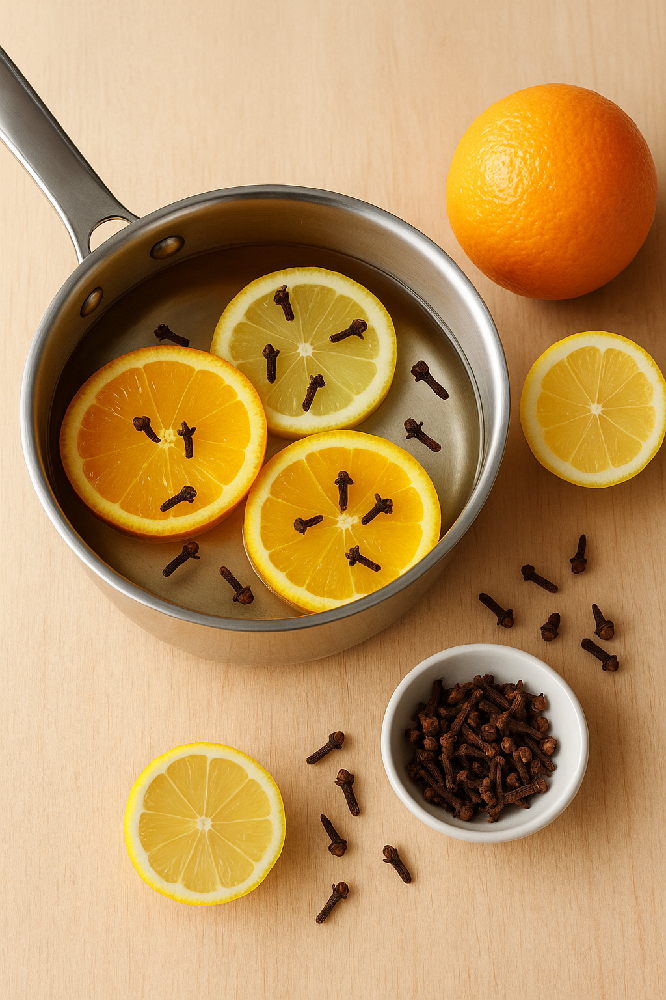VOC Emissions from Adhesives: Choosing Low-Emission Glues for Child-Safe Kitchens

Cut to the chase: adhesives matter. The glues you choose during cabinet installation, splashback fitting, or countertop trim can emit volatile organic compounds (VOCs) that raise indoor air concentrations — and children are especially vulnerable. Below is a concise, practical playbook to select low-emission adhesives and reduce risk in kitchen projects.
What you need to know (fast)
VOCs are gases emitted from many adhesives and building products and can remain higher indoors than outdoors. Short-term exposures cause irritation, headaches and nausea; long-term exposure to some compounds (e.g., benzene, formaldehyde) has more serious health concerns.
Children have higher exposure risk: they breathe more air per kilogram of body weight, spend more time on the floor where some pollutants settle, and their developing lungs and immune systems are more sensitive.
Certifications and product type matter — look for third-party low-emission marks (GREENGUARD, Green Seal, etc.), and prefer water-based or hot-melt technologies where suitable.
Quick checklist before you buy
1. Ask for emissions data — product technical data sheets (TDS) or safety data sheets (SDS) should list VOC content (g/L) and any hazardous constituents.
2. Prefer certified products — GREENGUARD/GREENGUARD Gold or Green Seal certification indicates low chemical emissions for indoor use.
3. Choose water-based or hot-melt adhesives — for interior cabinetry and splashback trims when performance allows; avoid solvent-borne/contact adhesives in poorly ventilated spaces.
4. Plan ventilation during and after installation — run mechanical ventilation or open windows for 24–72 hours after application where feasible.
Which adhesives are generally lower risk?
PVA / white woodworking glues (water-based) — low VOC, strong for joinery and many cabinet tasks. Good first choice for wood-to-wood.
Hot-melt adhesives — negligible off-gassing once cooled; useful for panel lamination and some trim work.
MS-polymer / hybrid adhesives (solvent-free) — engineered for building use with lower VOC profiles than older solvent-based adhesives; check manufacturer certification.
Epoxy and polyurethane adhesives — can be low-VOC versions but some formulations release reactive compounds during cure — review SDS and consider ventilation.
Solvent-based/contact adhesives and spray adhesives — typically higher VOC; avoid in enclosed areas where children live unless strictly required and you can isolate and ventilate.
(Always confirm specifics with the manufacturer — product chemistry varies.)
Certifications & standards to rely on
GREENGUARD / GREENGUARD Gold — emission limits for indoor products; a reliable indicator for adhesives and building materials used indoors.
Green Seal / eco-labels — regionally useful for consumer guidance; verify whether they cover VOC emissions specifically.
Manufacturer VOC listing (g/L) — lower is better; for interior use, aim for adhesives with VOC content clearly labeled and demonstrably low.
Installation best practices for child-safe kitchens
Isolate the work area — seal off the kitchen from the rest of the house with plastic sheeting; keep children and pets away during work.
Ventilate aggressively during and after — run exhaust fans, open windows, use portable air purifiers with activated carbon/HEPA if available. WHO and EPA guidance emphasize ventilation as a primary mitigation step.
Follow cure times exactly — many issues arise when surfaces are used before adhesives finish off-gassing. Manufacturers publish recommended cure/ventilation windows on TDS/SDS.
Consider scheduling — if you can, do installations while occupants (especially children) are away for the day and ventilate the space thoroughly before re-entry.
Testing & remediation (if you suspect elevated VOCs)
Use a consumer VOC monitor for a quick read; professional IAQ testing gives compound-specific concentrations and is recommended if symptoms persist.
Source removal — if a particular product is the culprit, remove or seal it (paint/encase) and increase ventilation.
Long-term control — select low-emission finishes and avoid cumulative VOC loads from paints, cleaners and air fresheners.
Buyer-ready language (say this to suppliers)
• “Provide the TDS and SDS showing VOC content (g/L) and cure-time recommendations.”
• “Is this product GREENGUARD or Green Seal certified for indoor air quality?”
• “What specific VOCs are in the formulation (e.g., formaldehyde, toluene, xylene)?”
Closing, action-oriented summary
Selecting low-emission adhesives is straightforward if you adopt a compliance-first mindset: insist on documented emissions, prefer certified and water-based technologies, ventilate rigorously during installation, and isolate children from active work zones. These pragmatic controls reduce exposure immediately and set you up for long-term indoor air quality resilience.
For practical splashback selection and DIY fit options that pair well with low-emission installation workflows, see resources and product options at DIY Splashbacks — their guides include installation notes and product samples which can help you pair a low-emission adhesive choice with the right splashback material.



 (14)_1000.png)

_1000.png)

_1000.png)

